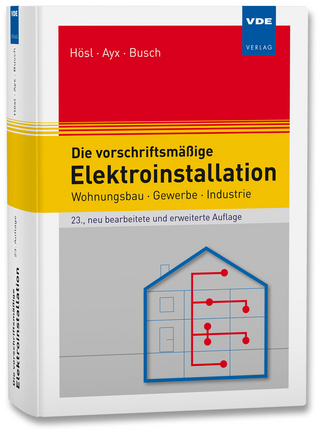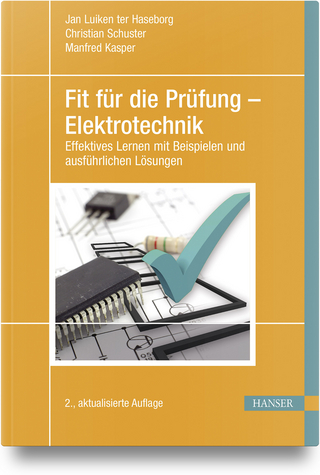
In-Furnace Measurements and Mathematical Simulation Studies for the Optimisation of Small Scale Wood Combustion Systems
Seiten
2005
|
1., Aufl.
Shaker (Verlag)
978-3-8322-4517-7 (ISBN)
Shaker (Verlag)
978-3-8322-4517-7 (ISBN)
- Keine Verlagsinformationen verfügbar
- Artikel merken
The objective of the present Ph.D. thesis is a detailed investigation of combustion processes within small- and medium-scale wood-burning systems. The work focuses on the provision of guidelines for experimental and numerical investigations and detailed data contributing to optimisation studies. Thereby, a considerable reductions of gaseous emissions like CO and unburned hydrocarbons are required.
For the characterisation of the combustion behaviour by measurements detailed information about the temperatures, gas compositions, gas velocities and mixing conditions within the reaction zones of the furnaces are necessary. Profile measurements in the combustion chambers of different firing systems are carried out using suction probes for gas analysis and temperature measurements as well as apping Laser-Doppler Anemometry (LDA) for the determination of the turbulent flow field behaviour.
The experimental investigations are supported by numerical modelling studies. For the numerical simulations, the 3D-CFD code AIOLOS for turbulent reacting flows is used allowing the determination of combustion relevant parameters with a high spatial resolution. Besides the calculation of gas concentration and temperature fields, the turbulent behaviour of the reacting flow and the mixing conditions between combustible gases and burnout air is characterised.
For the characterisation of the combustion behaviour by measurements detailed information about the temperatures, gas compositions, gas velocities and mixing conditions within the reaction zones of the furnaces are necessary. Profile measurements in the combustion chambers of different firing systems are carried out using suction probes for gas analysis and temperature measurements as well as apping Laser-Doppler Anemometry (LDA) for the determination of the turbulent flow field behaviour.
The experimental investigations are supported by numerical modelling studies. For the numerical simulations, the 3D-CFD code AIOLOS for turbulent reacting flows is used allowing the determination of combustion relevant parameters with a high spatial resolution. Besides the calculation of gas concentration and temperature fields, the turbulent behaviour of the reacting flow and the mixing conditions between combustible gases and burnout air is characterised.
| Reihe/Serie | Berichte aus der Energietechnik |
|---|---|
| Sprache | englisch |
| Maße | 148 x 210 mm |
| Gewicht | 224 g |
| Einbandart | Paperback |
| Themenwelt | Technik ► Elektrotechnik / Energietechnik |
| Schlagworte | Emissions • HC/Technik/Wärmetechnik, Energietechnik, Kraftwerktechnik • measurements • Modelling • small-scale appliance • Wood-log combustion |
| ISBN-10 | 3-8322-4517-0 / 3832245170 |
| ISBN-13 | 978-3-8322-4517-7 / 9783832245177 |
| Zustand | Neuware |
| Haben Sie eine Frage zum Produkt? |
Mehr entdecken
aus dem Bereich
aus dem Bereich
Wegweiser für Elektrofachkräfte
Buch | Hardcover (2024)
VDE VERLAG
CHF 67,20


